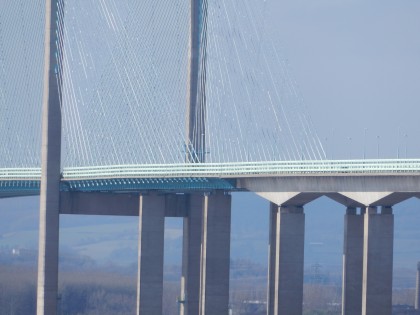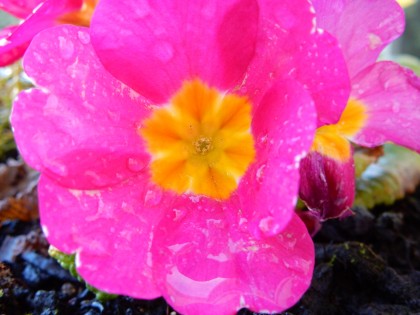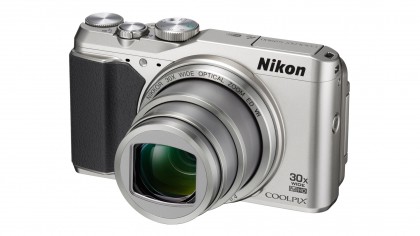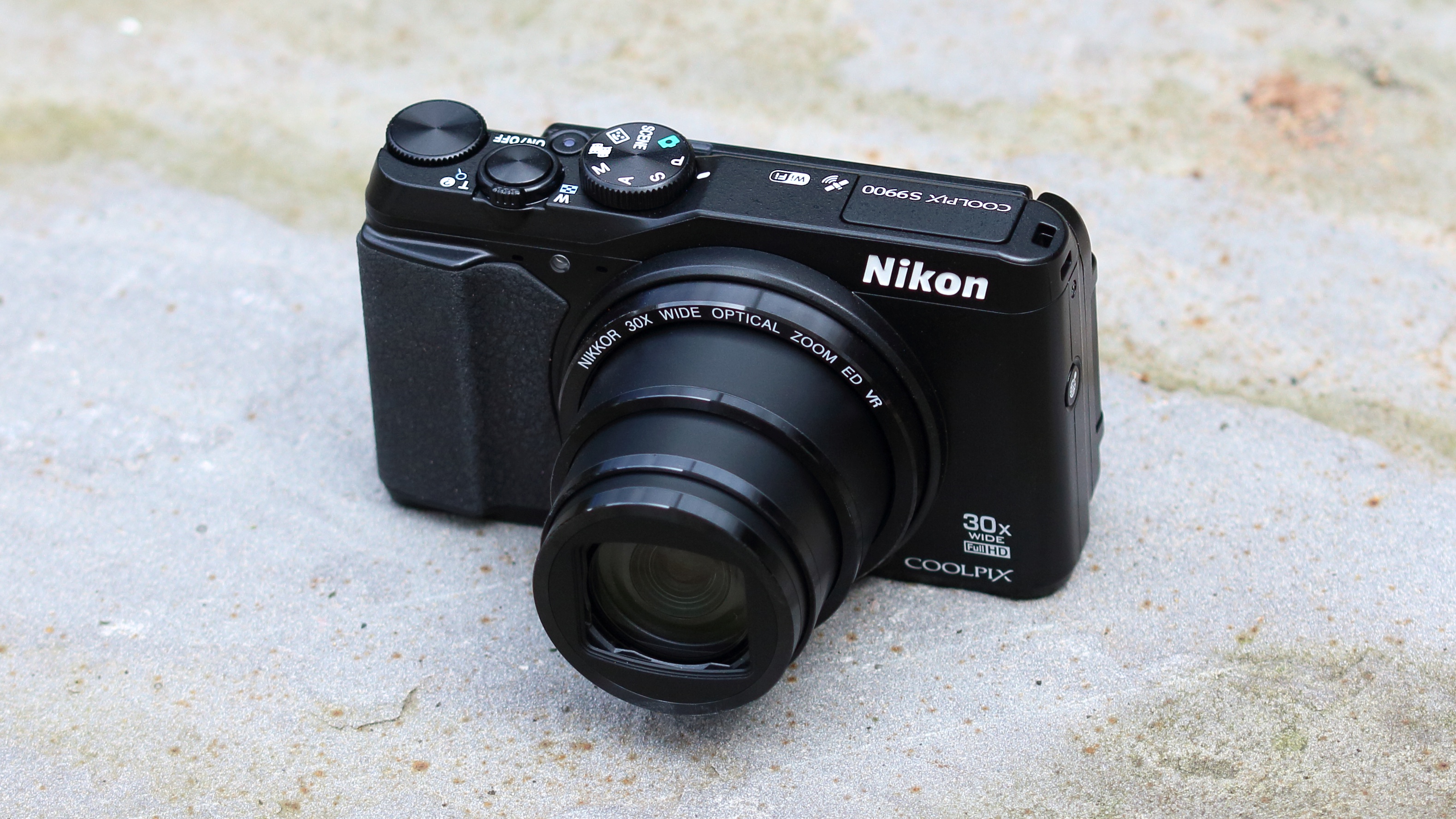Why you can trust TechRadar
A critical area of performance for such a small camera with enormous telephoto reach is image stabilization. After all, there's little point in being able to travel light with a slimline compact camera if you need to lug a tripod everywhere with you. The good news is that Nikon's combined optical and electronic VR (Vibration Reduction) system works astonishingly well. We were able to get consistently shake-free shots at an effective 750mm focal length using shutter speeds down to just 1/30th of a second.

Click here for a full size version.

Click here for a full size version.

Click here for a full size version.
While shots might be shake-free, the levels of actual sharpness are somewhat disappointing. Even at the base sensitivity setting of ISO 125, fine detail within scenes turns all too easily to mush in the resulting images. And despite having backlit sensor technology to capture as much light as possible, image quality can be a little noisy even at the base sensitivity setting, and noise levels can get pretty unbearable at medium to high ISO settings.
For night time cityscapes and other low-light pursuits, another option would be to grab a tripod after all and to use a long exposure. Here, though, the S9900 is somewhat hamstrung by its maximum exposure time of just two seconds in 'Night Landscape: Tripod' mode and eight seconds in A/S/M shooting modes.

Click here for a full size version.
Dynamic range is merely mediocre and, while highlights tend to be well preserved when using the matrix metering option, shadows can look overly gloomy and lack detail. Unlike with many Nikon cameras, 'Active D-Lighting' isn't on the menu, so there's no facility for controlling how much highlights are reined in and shadow detail is boosted.
On the plus side, the auto white balance and matrix metering are both very reliable. It's a good thing too, because the S9900 can only capture stills in JPEG format. You therefore can't blag it by shooting raw mode and adjusting white balance and other shooting parameters at the editing stage. At least the range of scene modes makes it easier to get the results that you're after in-camera.

Click here for a full size version.

Click here for a full size version.

Click here for a full size version.

Click here for a full size version.
During playback, there's also a range of trick 'Quick effects', enabling you to save copies of captured images with effects like painting, photo illustration, soft portrait, cross screen and a few more. However, considering the lack of raw capture, we'd have preferred to see the inclusion of Nikon's 'Picture Control' options like standard, vivid and landscape, which are sadly lacking.
The contrast-detection autofocus system is a little sluggish compared with the phase-detection autofocus of a typical DSLR, or the hybrid contrast/phase autofocus system of Nikon 1 compact system cameras. However, it compares fairly well with similarly specced compacts and the S9900 autofocuses accurately throughout its zoom range, with the minimum of hunting back and forth even for tricky targets. That's no mean feat considering that the lens is quite 'slow', having a widest available aperture that shrinks from f/3.7 to f/6.4 as you extend through the zoom range.
We liked
The mighty 30x optical zoom range is backed up by very effective Vibration Reduction stabilization for handheld shooting. The vari-angle screen and built-in GPS are well implemented.
We disliked
There's no built-in or optional viewfinder, no hot shoe, and no facility for shooting in raw quality mode. Image quality is a little lacking in terms of sharpness, dynamic range and noise. Long exposures are limited to eight seconds.
Verdict
There's a lot packed into the S9900 but the combination of its slim build and 30x optical zoom range are the key attractions. It results in a camera that's easy to take anywhere and everywhere, while also offering the kind of versatility that you could only enjoy with a DSLR by carting along two or three lenses, at least one of which would be massive and very heavy.

The difference, of course, is the image quality. The small 1/2.3-inch format image sensor keeps pixel count to a fairly modest 16Mp. It's interesting to note that the Canon PowerShot SX710 HS boosts resolution from 16Mp to 20Mp compared with its predecessor, practically matching the Sony HX60V. Meanwhile, the new Panasonic DMC-TZ70 reduces its pixel count from 18Mp to 12Mp compared with the preceding DMC-TZ60, so the Nikon S9900 sticks to the middle ground.
Handling is good on the whole, while the controls and menu system strike a good balance between ease, speed and sophistication. Autofocus, metering and auto white balance are accurate and consistent, and the vari-angle screen and GPS are well implemented. The Wi-Fi system works well too, so long as you have a smartphone or tablet that you can pair with the camera.
